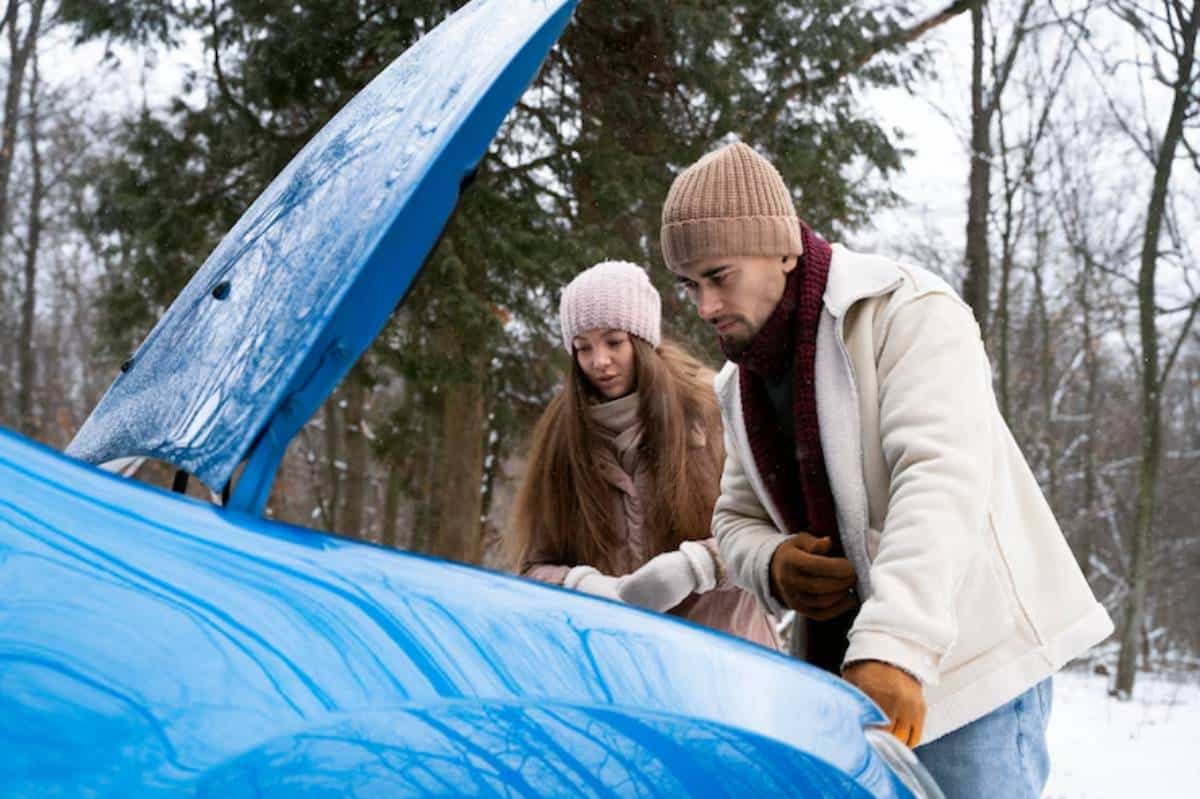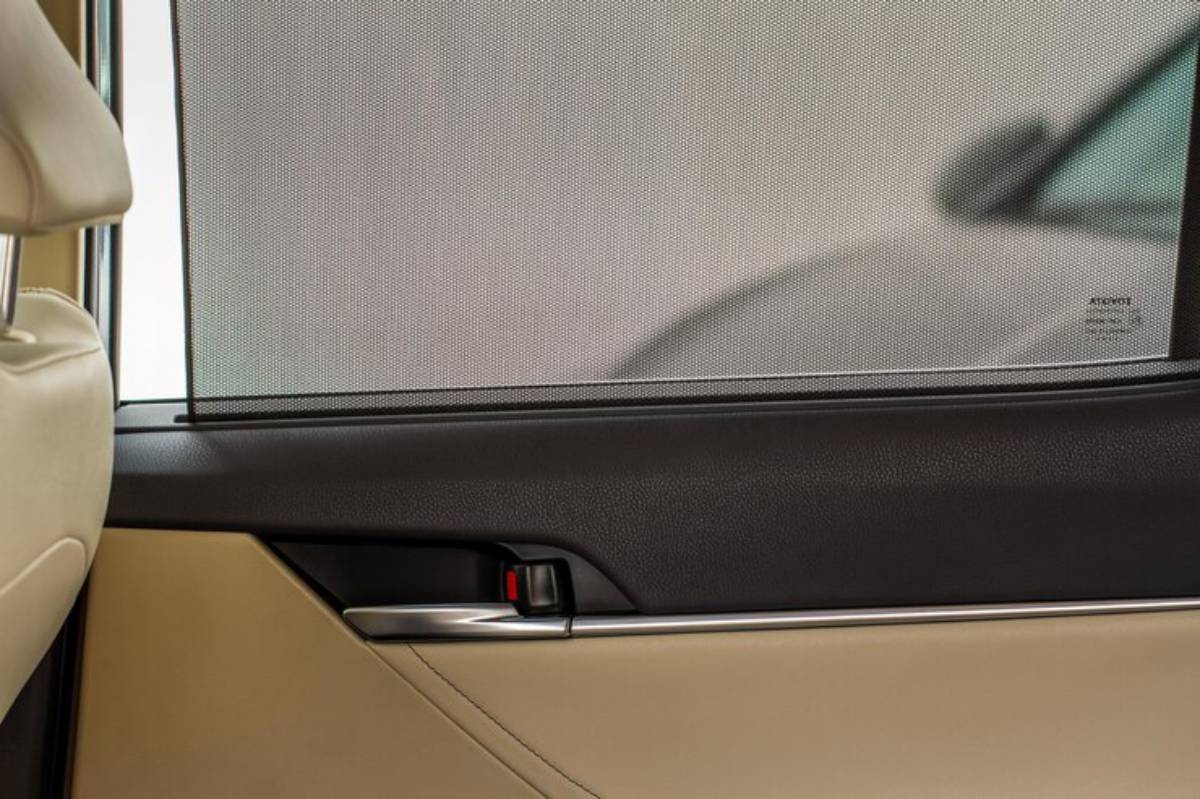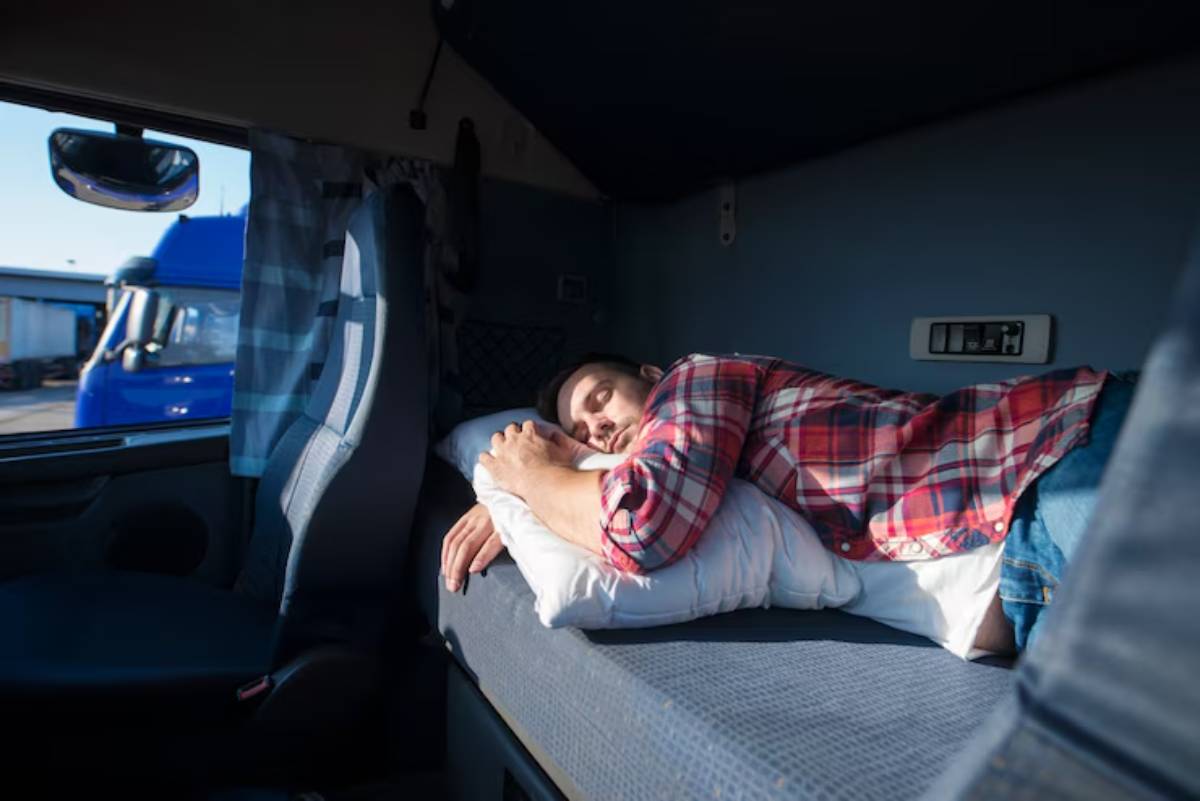
Insulating Your Vehicle for Cold Weather Camps
When the mercury drops and frost lines your windscreen, a poorly insulated vehicle turns from cosy cabin to cold metal box. Whether you’re chasing snowy peaks or braving late-autumn forest camps, smart insulation mods make the difference between restful sleep and sleepless shivers.
Cold weather overlanding demands more than extra blankets. It requires planning, material knowledge, and a build strategy that keeps heat in and cold out, without compromising breathability or safety.
In this guide, we’ll explore the best winter camping vehicle tips, from window treatments and roof insulation to condensation control and gear placement. You’ll learn how to create a warm, dry, and energy-efficient space that’s ready for sub-zero nights and early-morning trail starts.
Why Vehicle Insulation Matters in Winter
You lose most of your heat through conduction (metal surfaces) and convection (air gaps). Without insulation, your 4×4 becomes a heat sink.
Benefits of Proper Insulation:
- Retains interior warmth from body heat or heaters
- Reduces condensation on windows and panels
- Dampens noise and wind chill
- Improves sleep, mood, and safety
Temperature control also protects gear from freezing, especially electronics, water supplies, and cooking items.
Key Areas to Insulate in Your Rig
Different vehicle zones have different thermal impacts. Focus on high-loss surfaces first.
Roof and Ceiling
- Use closed-cell foam boards or self-adhesive insulation (e.g., Armaflex)
- Cover with felt or fabric for warmth and condensation absorption
- For roof tents, install thermal liners or quilted canopies

Windows and Glass
- Reflectix or foil bubble wrap cut to shape
- Blackout curtains with thermal backing
- Magnetic or suction-cup mounts for quick removal
Floor and Cargo Area
- EVA foam or thick rubber mats
- Layer over wood decking or subfloor
- Use carpet or vinyl on top to trap warmth
Sidewalls and Doors
- Use spray adhesive to install flexible foam sheets
- Create removable panels if full-time adhesion isn’t an option
- Fill air gaps around trim and door seals with weather stripping
Every square inch of insulation counts—but ventilation must always remain part of the plan.
Materials for DIY Insulation Mods
Choosing the right materials balances weight, effectiveness, and cost.
Top Options:
- Armaflex or K-Flex: Closed-cell, flexible, moisture-resistant
- Reflectix: Radiant barrier, great for windows
- Thinsulate: Breathable, sound-dampening, excellent R-value
- Sheep’s wool: Eco-friendly, moisture-buffering (best in dry installs)
- EVA foam: Lightweight and grippy for floors
Avoid fibreglass or standard home insulation—these trap moisture and aren’t safe for mobile use.
If you’re already using your vehicle for a full camp setup, you can combine this with your awning strategy. See our post on the best awnings and shades for trail camps for ideas on creating windbreaks that support your insulation goals.
Controlling Condensation in Cold Camps
Heat + moisture = condensation. This happens fast in sealed vehicles.
How to Manage It:
- Crack windows slightly for ventilation (use rain guards)
- Use moisture absorbers like silica packs or charcoal bags
- Avoid drying wet clothes or gear inside
- Wipe down windows in the morning
- Use breathable insulation materials where possible
If running a heater, proper venting is essential to avoid condensation and carbon monoxide risks.

Heating Options and Safety Tips
Insulation holds heat, but you still need to generate it. Here are common ways to warm your space safely.
Passive Heating:
- Body heat (surprisingly effective in a small space)
- Hot water bottles in your sleeping bag
- Warm meals and drinks before bed
Active Heating:
- Diesel heaters (Eberspächer, Webasto) Powerful and efficient
- Propane tent heaters Good for annexes or ventilated setups
- 12V electric blankets For targeted warmth
Safety First:
- Never use open-flame heaters in sealed vehicles
- Install CO detectors near head height
- Ensure all heat sources have clearances and exhausts
Layer up and heat conservatively—it’s safer and more sustainable.
Sleeping Gear for Cold Weather Overlanding
Your bed is your insulation, too. A warm night starts with the right base.
Key Gear:
- High-R value sleeping pad or foam mattress
- Sleeping bag rated below expected temps (down or synthetic)
- Thermal liner and insulated ground sheet
- Wool socks, hat, and neck gaiter for in-bed warmth
Pre-warming your bed with a heat source—even briefly—makes a huge difference in how quickly you fall asleep.
If you haven’t already built your sleep system, refer to our comfortable sleeping setup guide for ideas that combine insulation, layering, and layout planning.
Real-World Cold-Weather Camp Builds
A Defender camper built for Icelandic winters used 50mm Armaflex in the roof and sidewalls, with marine carpet over the ceiling. A diesel heater and insulated floor mat created a cocoon of warmth that worked even in -10°C conditions.
In the Alps, a Subaru Outback with minimal mods ran Reflectix on all windows, a rear cargo mattress, and wool-lined curtains. With just body heat and sleeping gear, it remained bearable down to freezing.
The difference? Smart layering and condensation control—not just the amount of insulation.
Maintenance and Seasonal Prep
Your insulation setup needs occasional TLC, especially if you travel across seasons.
Cold Weather Prep Checklist:
- Check window inserts for fit and seal
- Re-tape any peeling insulation edges
- Air out bedding between trips
- Inspect heater exhausts and battery loads
- Refresh desiccants or replace if saturated
Don’t store insulation when wet—dry everything thoroughly after each use.
Conclusion: Warm Rigs Win in Winter
Winter trails bring peace, beauty, and crisp solitude—but only if you’re warm enough to enjoy them. With the right cold weather overlanding strategy, from quality insulation mods to smart ventilation and sleeping setups, your vehicle becomes a true cold-season escape.
Plan your insulation layer by layer. Use materials that match your build style and climate. And always test your setup before heading into deep winter terrain.
Because the only thing better than a snow-covered campsite is waking up warm enough to enjoy it.


